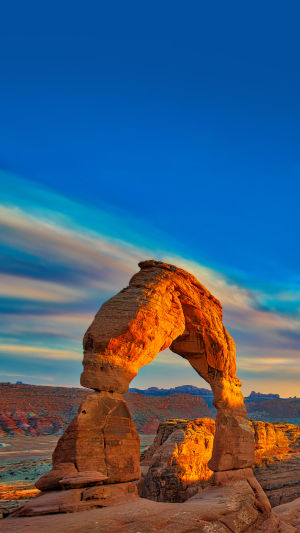Swans are birds belonging to the genus Cygnus. They can be found on all continents except Africa and Antarctica.
It is the largest group of individuals in the duck family. The neck is long and slender, exceeding the body length or equal to the body length. The base of the beak is high and the front end is gently flat. Eye glands are exposed.
The tail is short and rounded. Tail feathers 20-24.
Webbing is strong, but the hind toes are not webbed. Prefers to roam lakes and marshes. Feeds mainly on aquatic plants. Also eats snails and molluscs. Most are monogamous and live together for life. Courtship behaviour is abundant. Males and females will tend to make the same movements in unison.
They will also considerately groom each other's feathers. Breeding occurs once a year and eggs are large. For example, the eggs of the Greater Swan weigh more than 400 grams. Young birds are early adults. They migrate in large flocks but still move in small groups.
Swans are a kind of winter migratory bird, preferring to roost in lakes and marshes, feeding mainly on aquatic plants.
Each year, they fly in large flocks from the south to the north in the springtime. They lay their eggs and breed in the north. Female swans all lay 2 or 3 eggs in the summer each year. The females then incubate their eggs while the males stand guard and do not leave for a moment.
Once autumn has passed, they migrate south in groups. They overwinter in warmer climates in the south to rest and recuperate. During the breeding season, they mainly inhabit open lakes, ponds, marshes, slow-moving rivers, and adjacent tundra lowlands and tundra marshes.
In winter, it mainly inhabits large lakes, reservoirs, ponds, and river bays with many reeds, cattails, and other aquatic plants. It also appears in wet meadows and flooded plains, marshes, beaches, and estuaries. Sometimes they are even found in agricultural fields.
Swans are high-flying champions, flying at altitudes of up to 9 km, and can fly over Mount Everest, the highest mountain in the world.
The swan's symbolism is noble and holy.
Eastern and Western cultures in Eurasia coincidentally take the white swan as a symbol of purity, loyalty, and nobility. In England, the distinguished poet or singer can be compared with the swan, for example, Shakespeare's elegant name is precisely Avon's swan.
Swans are also portrayed in Western music and literature, as in Saint-Saëns' Death of a Swan. Tchaikovsky's dance drama Swan Lake has a noble, holy image of the swan.
Andersen used the change of colour of the swan feathers to interpret a moving piece of the ugly duckling. The constellations in the starry sky also have the figure of the swan. That is the incarnation of Zeus in Greek mythology.
Many artists have created heirloom works of art based on Leda and the swan. Around the world the swan named place names are countless, the last name of the Swan is also from this beautiful and white bird.
The park has not only arches but also numerous large and small minarets, pedestals, and balancing rocks, all of which have very contrasting textures.





